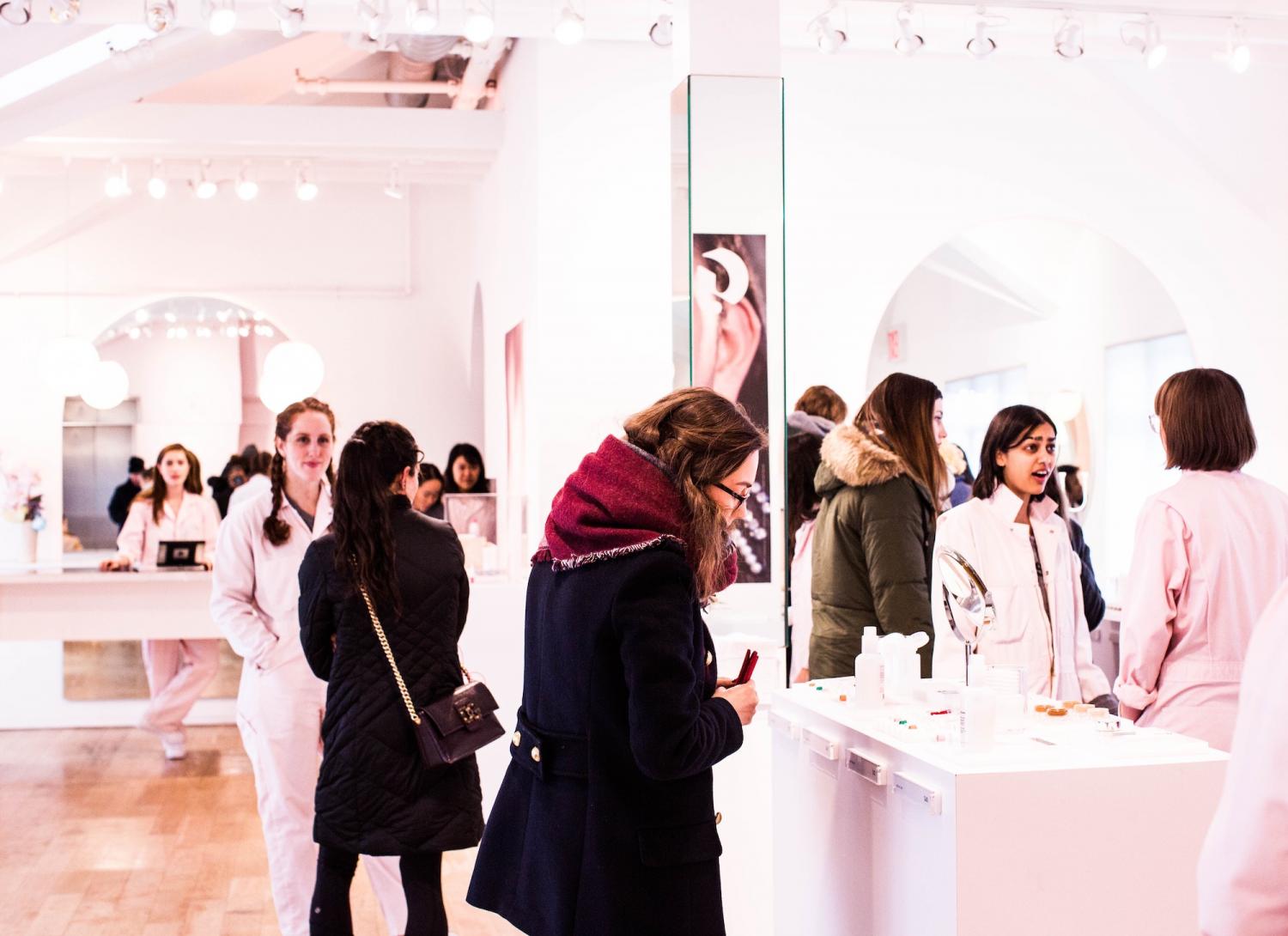
“I would buy more sustainable clothing, but…” Sound familiar? Even in the middle of the green bubble that is San Francisco, we at TriplePundit hear this phrase all too often, usually followed by a series of hurdles including accessibility, price, information and lack of variety in clothing styles.
Over the past two months, TriplePundit’s sustainable fashion media channel has uncovered emerging solutions to each of these obstacles. While we’re encouraged to see that large mainstream brands are at last moving in a more responsible direction, it has been the smaller pioneers who have conceived of the products and models that are revolutionizing the industry.
Companies like NAU, Threads4Thought and Patagonia offer diverse product lines appealing to a variety of consumer preferences. Websites such as Modavanti and apps like Orange Harp enable people to make responsible purchasing decisions at the tap of a button or touch screen. Brands like OSMIUM and Appalatch have cracked the nut toward selling clothing made in the USA at reasonable prices. Indigenous’ Fair Trace tool tells the story behind each of its products by connecting the consumer to individual artisans with the simple scan of a QR code.
Unfortunately, most consumers are not yet familiar with these breakthroughs, and so, continue to shop as they always have. At the same time, more consumers every year report that they are willing to shop more responsibly (and even pay a bit more), if given the opportunity. In a world where most closets are filled with the likes of mainstream “fast fashion,” there is a cavernous gap between these reports and actual behavior. This begs the question: What do consumers mean by “opportunity”?
In this era of online shopping, it’s easy to assume that physical retail is fading toward the obsolete. Yet, according to a recent poll conducted by HuffPost, 32 percent of respondents never shop online and a full 54 percent only shop online once a year or less. Popular reports indicate that as much as 90 percent of retail sales still occur in-store. This means that by relying upon online sales exclusively, sustainable fashion could be missing out on up to 90 percent of its potential market
The in-store experience is especially critical for lesser known, sustainable brands whose value is often tied to story. “Store touch is still the pinnacle of customer interaction,” explains Mark Spera, owner of BeGood, a socially responsible and eco-friendly retail shop in San Francisco. “Until a customer feels the clothing, gets used to the fit and quality of the garment, and hears its story, small brands are at a significant disadvantage.” Even the most prominent inherent e-commerce brands like Warby Parker and Bonobos have recently transitioned to creative omni-channel retail models to increase conversion rates and consumer awareness.
Traditional brick and mortar requires deep pockets, but there are alternatives for small fashion brands and designers. A pop-up shop presents the affordable and convenient option of a temporary offline retail channel. Plus, the pop-up demonstrates a natural value alignment for the sustainable business, who can make use of the estimated 10 percent commercial real estate vacancy rate. What’s more, according to Indochino CEO Kyle Vucko, it just might offer the best possible opportunity for engaging more deeply with the consumer: “Pop-up retail is something we have committed to doing because it’s the best way to create a wicked retail experience.”
Ushering the pop-up into mainstream retail is Storefront – a company that has removed the roadblocks of traditional brick and mortar and opened the gateway to the temporary, yet elegant, retail experience. “We streamline the search, payment and insurance, which make opening an offline store as easy an online one,” explains CEO Erik Eliason.
Since opening it’s first-ever pop-up to sell sustainable clothing, candles and art in downtown SF’s Westfield Shopping Centre in December of 2012, Storefront has provided retail space for more than 1,000 merchants in New York City and San Francisco. The results, according to Storefront Co-founder Tristan Pollock, are nothing short of game-changing: "Pop-ups create more vibrant communities while delivering a new revenue stream back to the brand. For every dollar spent on retail space, $7 goes back to the business.” Armed with an ambitious vision for growth and fresh backing of some very impressive venture capitalists, Storefront has already announced its launch in Los Angeles and is turning its sights to a city near you.
Could the arrival of Storefront's pop-up represent the long-awaited opportunity to bridge the gap between small brand and conscious consumer?
Image Credit: Charisse Kenion/Unsplash
Travis heads up strategic partnerships here at TriplePundit.com. Previously, he has worked with several social enterprises including Calvert Foundation, SOCAP and Karisimbi Business Partners, a socially motivated management consulting start-up in Rwanda. He has also served in Guatemala as a Social Entrepreneur Corps Fellow and continues to support Wild River Organics, his family’s organic fruit farm. Travis received his BS in Business Administration from Pepperdine University. He can be reached at travis@triplepundit.com and followed on his responsible travel blog at <a href="http://www.brightspotstravel.com//">brightspotstravel.com</a>














